

Killzone 3 has been out for over a week now. Here we give our full impressions of the game's multiplayer.
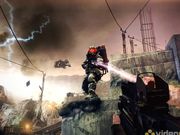
The most immediate thing to note about Killzone 3's multiplayer is that it's ditched its predecessor's levelling-up scheme. In Killzone 2 players were forced to start out as a Rifleman - a lowly grunt equipped with an assault rifle, a sidearm and very little else. As you gathered XP and slowly climbed the ranks you'd gain access to the other classes, but while support-driven options like the Medic and Engineer arrived relatively swiftly, a hefty grind was required to reach the Scout and his sniper-based tomfoolery.
In Killzone 3, you're allowed to use any of the five available classes from the word go. The humble Rifleman is nowhere to be found, leaving you instead with the choice of Medic, Engineer, Marksman, Infiltrator and Tactician. The first two classes retain their team-centric roles, respectively focusing on resurrecting and buffing allies, and littering the battlefield with AI turrets and ammo boxes. The Marksman snipes and hides himself with a cloak, while the Infiltrator plays a bit like the Spy from Team Fortress - disguising himself as one of the opposition and then stabbing them in the back. Finally, we have the Tactician. While he's lost his Killzone 2 knack for generating custom spawn points, he's able to capture key control zones of the map - allowing team-mates to call in mortar strikes and other toys.
At the start of your ascension through the ranks, each of these classes is limited to their basic loadout - leaving them to just a primary weapon, and a watered-down version of their main skill. As you earn XP from matches you'll earn unlock points that can be invested in upgrading your skills and switching your loadout. While some of these boosts have rank-based entry requirements, the upshot of this structure is that it takes far less time to improve your class of choice - provided that you're not scattering your points across all five.
You could argue that the absence of a grunt-like class means that newcomers are effectively dropped in at the deep end, since there's little in the way of guidance with regard to class-specific tactics, or even how each skill should be used. All the same, this sink-or-swim approach forces new players to adapt quickly, embracing the easier ways to earn XP - like resurrecting fallen comrades as a Medic, or repairing ammo crates as an Engineer. These also encourage a team-centric mentality, which is really how the game is "supposed" to be played.
At the moment, one of the notable problems with Killzone 3's multiplayer is that few people are actually bothering to embrace this utilitarian mindset. Or, to put it in less pretentious terms: a lot of players are just out for kills, rather than achieving the goal at hand. This is hardly the game's fault - it's a frequent problem in Black Ops and other popular FPS titles - but the issue feels particularly aggravating in the returning Warzone mode. Here two teams of 12 compete to fulfil mission objectives that change every few minutes. One moment you're protecting a designated team-mate from assassination; the next you're struggling to retrieve a blaring propaganda speaker with the help of your chums... or at least you would be, if they weren't busy kill-whoring.
It's an annoying situation, particularly given that there's now a dedicated team deathmatch mode, Guerilla Warfare. Initially I wrote this off as being less interesting than the dynamic Warzone, but with time I've come to appreciate its comparative simplicity - particularly given that a Warzone match can easily last for half an hour at a time. Guerilla matches are a solid pick when you're in the mood for a quick shot of action without so much tactical emphasis, although obviously the class powers still have their role to play.

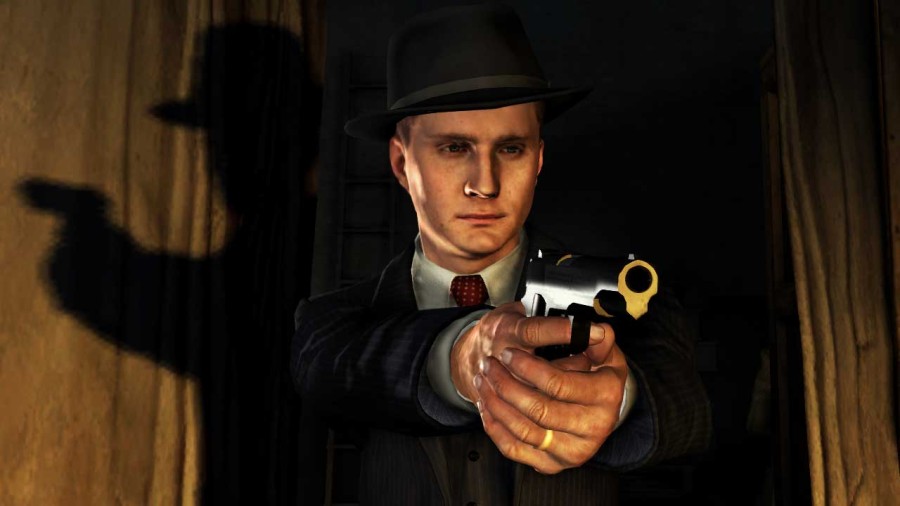
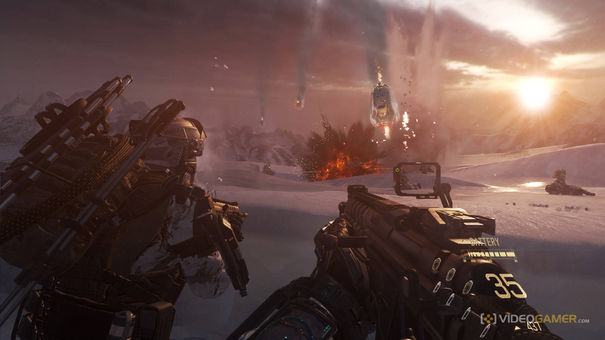

 Mass Effect 3 How To Earn Credits Fast
Mass Effect 3 How To Earn Credits Fast Far Cry 3 Guide: Path of the Hunter Mission Guide - GamersHeroes
Far Cry 3 Guide: Path of the Hunter Mission Guide - GamersHeroes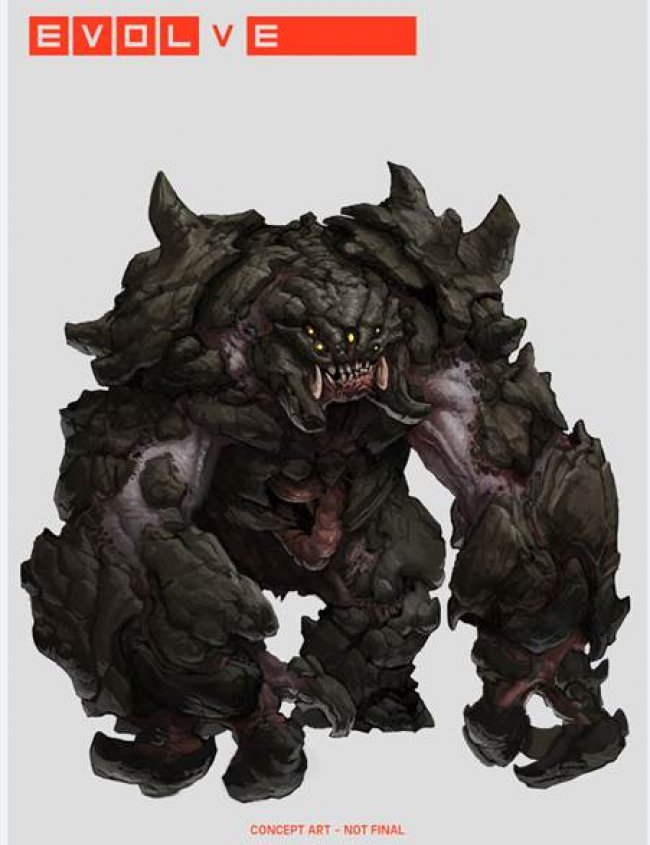 Evolve: Chris Ashton talks Monsters
Evolve: Chris Ashton talks Monsters Sniper Elite 4: 5 Games Rebellion Can Learn From
Sniper Elite 4: 5 Games Rebellion Can Learn From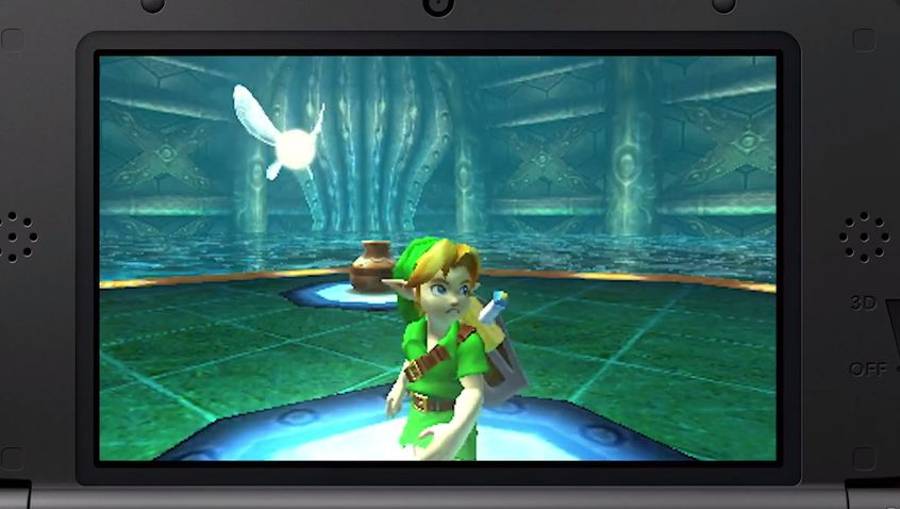 The Legend Of Zelda Majora's Mask 3D: Finding The Stray Fairy In Clock Town
The Legend Of Zelda Majora's Mask 3D: Finding The Stray Fairy In Clock Town